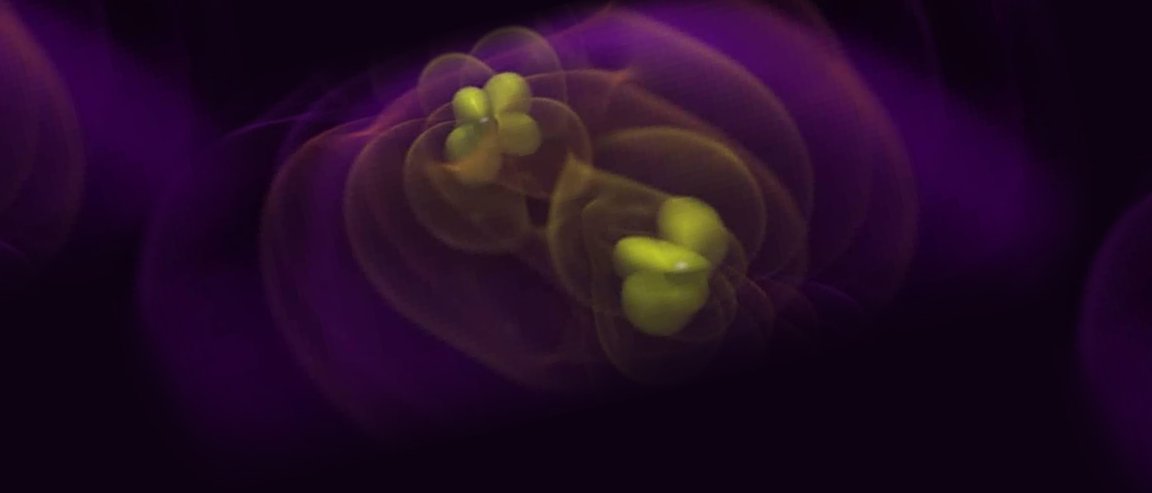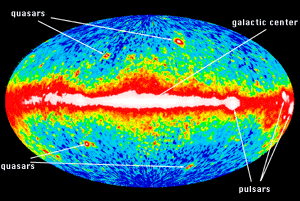
Unraveling
High-energy light particles, or gamma rays, were detected by NASA’s Fermi Telescope September 14 last year, less than half a second from the time that the first evidence of Einstein’s long-awaited gravitational wave signal was picked up by the Laser Interferometer Gravitational-Wave Observatory (LIGO) detectors in Washington and Louisiana. They were also detected from the same region in space, making it highly unlikely to be a mere coincidence.

The emission of gamma rays implies that gas was present in the black hole merger, since gas is required to generate light—which is contrary to the belief that black holes swallow all energy around them. One of the black holes should have been able to swallow this gas before the collision happened.
According to NASA, “gamma-rays arising from a black hole merger would be a landmark finding because black holes are expected to merge ‘cleanly,’ without producing any sort of light.”
Locating and Finding More
This discovery helps pinpoint the location of the merger by narrowing down the suspected source area from an arc spanning 600 square degrees, to one that’s only 200 square degrees. This would help predict and confirm how this black hole collision 1.3 billion years ago, being one of the most powerful events in the known universe, would have warped the fabric of space-time. We also have to rethink the nature of black holes, in that black holes do not swallow everything and thus can produce detectable clues when collisions happen.
However, as the scientific method requires the replication of results to establish validity, Valerie Connaughton of the Fermi Gamma-ray Burst Monitor (GBM) team says more observations of mergers are needed. “This is a tantalizing discovery with a low chance of being a false alarm, but before we can start rewriting the textbooks we’ll need to see more bursts associated with gravitational waves from black hole mergers.”
So it seems that black holes—already the most fantastically bizarre objects in the universe—have a few more tricks up their sleeves. By mobilizing every instrument we have at our disposal, across the entire spectrum of cosmic emissions, we may just begin to understand what they are.